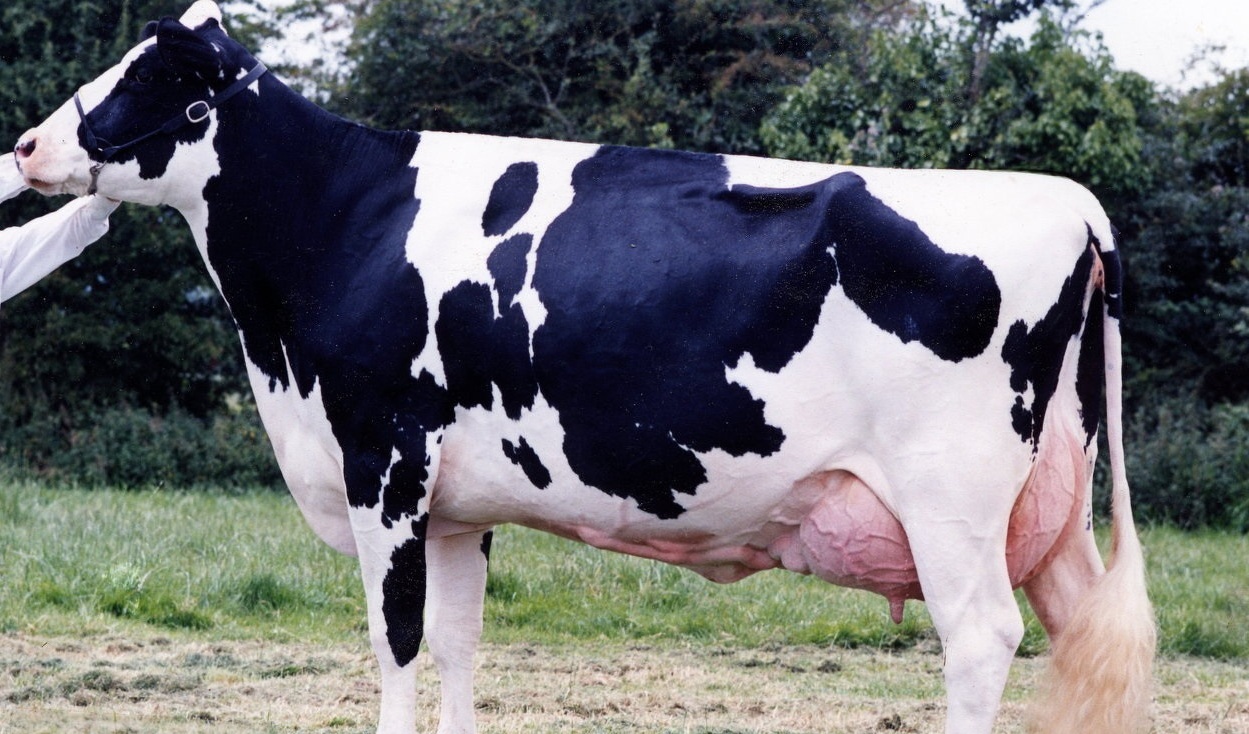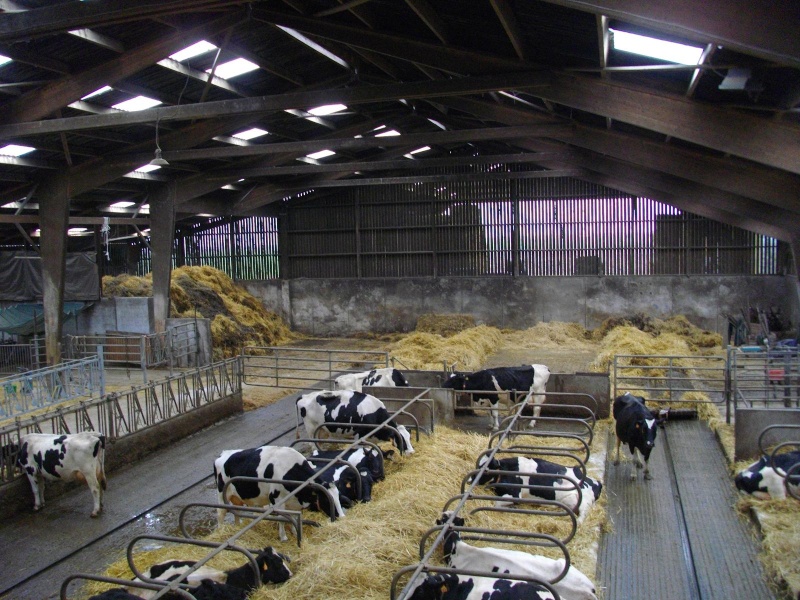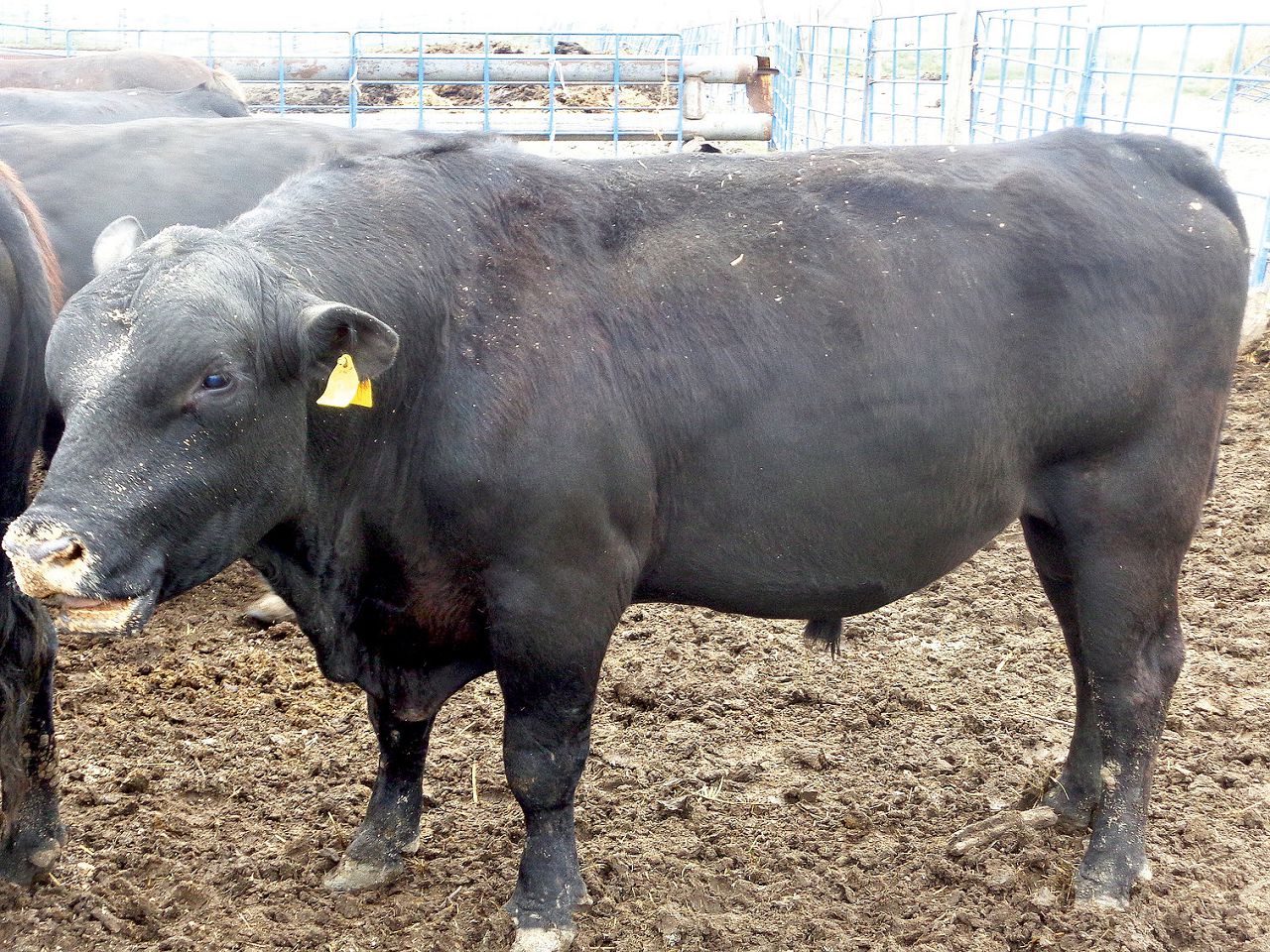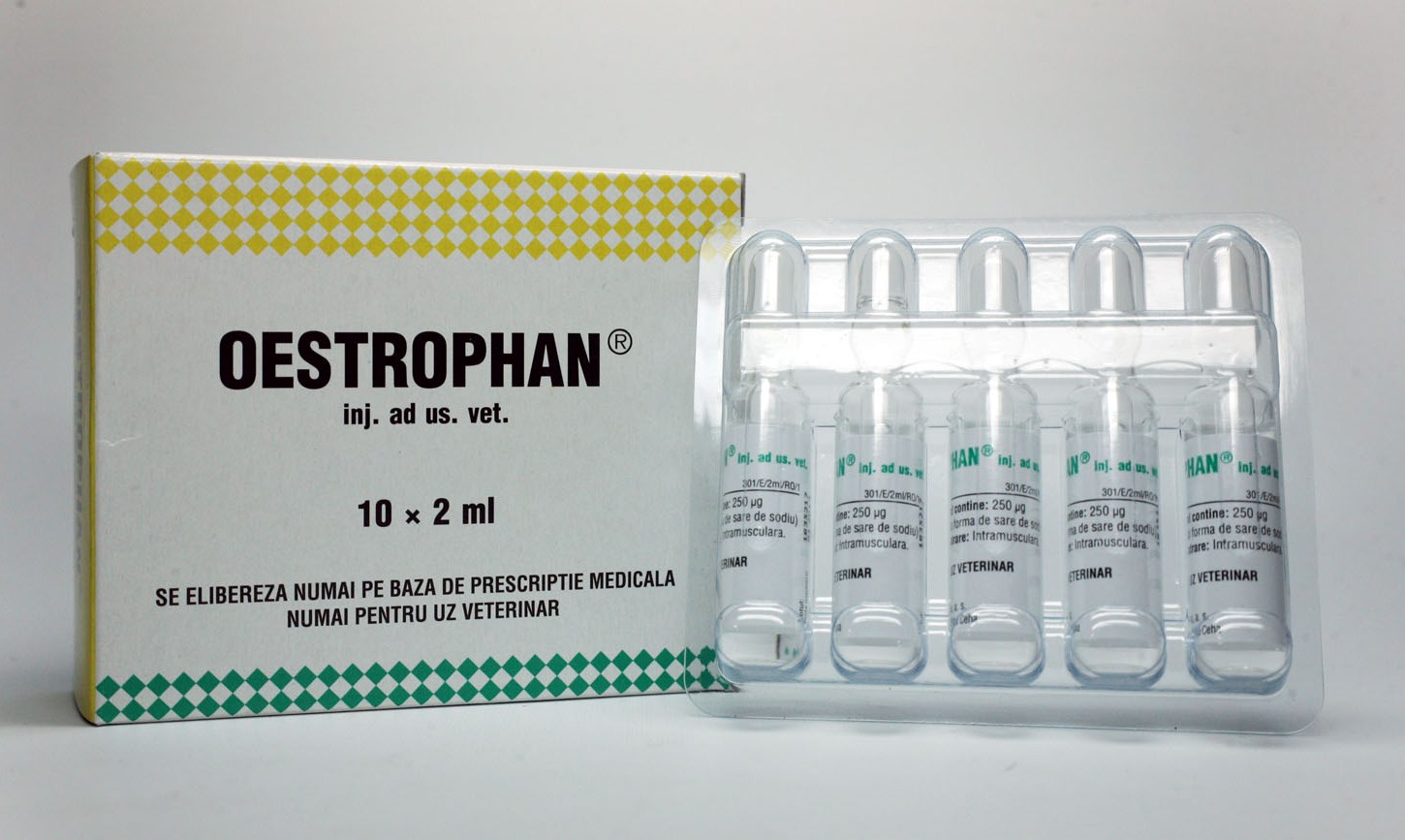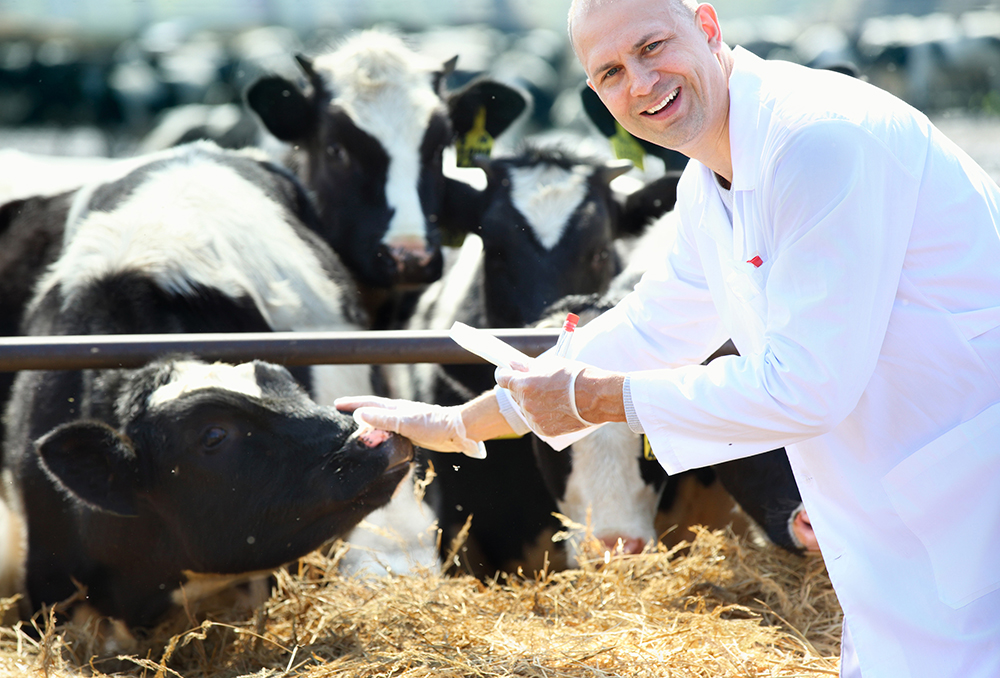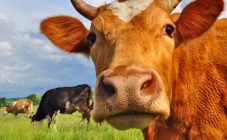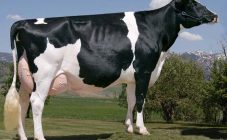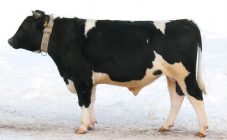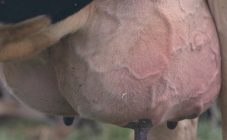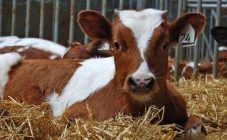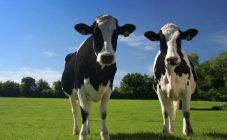Content:
Cattle breeding is a profitable activity. It generates huge incomes for large farms and ordinary subsidiary farming. Only from the outside it seems that cattle (cattle) does not provide owners with significant trouble. Animals require special care. To profit from them, the owner must know all the subtleties of their content. To get a productive calf, you also need to choose the right bull for the cow, take into account the age of the animals and other features of insemination, which can be learned from this article.
Breeding and general rules for caring for cattle at home
Breeding
The farmer's task is to choose a cattle breed that will correspond to the main direction: dairy or meat.
Dairy cow breeds:
- Holstein cow comes from North America. They are engaged in breeding in Europe and Russia. The fat content of milk is 3.8%. From one individual you can get 6500-7000 liters of milk per year.
- The Jersey breed originated in the UK. Its main quality is adaptation to any climatic conditions. Milk tastes great, its fat content reaches 5.8%. Milk yield per year - 3300 liters.
- Simmental cattle breed lends itself to breeding in countries with a temperate climate. Differs in unpretentiousness, does not require the preparation of a large amount of feed. Annual milk yield is 3500 liters, milk fat content is 3.8%.
- Yaroslavskaya is suitable for a private courtyard. Milk productivity per year is 5000 l, fat content 4%.
The following cattle breeds are suitable for obtaining meat products:
- Herefords. Gained popularity due to the delicate taste of marbled meat. A calf is born with a weight of 26-35 kg. With proper feeding per day, the growth of the animal is 700-1300 g. At 18 months, bulls weigh 800-1000 kg, heifers 550-660 kg.
- The Belgian breed is characterized by lean meat. From the moment of birth, the calf weighs 45-50 kg, per day the animals gain 1500 g. The age for slaughter is 15 months. During this period, the average weight of a bull reaches 1100 kg, heifers 800 kg.
- The Kian breed is large in size. The initial body weight of the calf is 48-49 kg, with proper feeding per day, the individual gains 1400 g. By the time of slaughter, the bulls gain weight up to 1600 kg, the heifer is 900 kg.
General rules of content
When keeping cattle, it is necessary to take into account several rules in order to get a good result from labor in the future.
- The cowshed should be equipped with drinkers, feeders. The floor should be sloped. This is necessary for convenient cleaning of manure, hygiene procedures. The walls and the roof are insulated, it is important that there is no draft.
- Cattle should be kept in a dry, clean, warm environment. In winter, the air temperature should be at least 10 degrees.
- Harvest before each cow milking. Change the litter if necessary. It can be straw or wood shavings.
- In the summertime, animals graze on pastures near water bodies. In the morning and evening, they are fed with seasonal vegetables and compound feed.
- In winter, cattle use hay, silage, which the owners stock up on in advance.An adult animal eats 20 kg of harvested grass per day. The animals are fed with vegetables, root crops, and compound feed. It is imperative to add vitaminized dressings, salt to the menu. Water must be constantly present in the drinker.
- From the age of two months, animals are vaccinated against various diseases.
- Two months before calving, the cow is started (milking is stopped).
Insemination of cows with a bull
Puberty in heifers begins at 9-10 months, but mating at this age is highly undesirable. This can have a detrimental effect on the calving of the cow and its further productivity. Due to early insemination, the cows give less milk than the norm. It will not be possible to restore productivity even after several calving. Experienced farmers try to get rid of such individuals. The very first mating of cows (heifers) with a bull should be carried out at 1.6-2 years.
At what age can a bull cover a cow
At 6-8 months, bulls are ready for mating. But not all animals at this age are capable of covering an adult cow. Mating bulls with cows should be done at the age of 1.6 years.
Large farms are competent in choosing a bull for insemination of cows. To mate cows you need an inseminator with strong muscles, large hind legs and a well-developed genital organ, as well as a good pedigree. With artificial insemination, the quality of the semen is also checked.
How many cows can a breeding bull happen in a day?
The breeder is able to fertilize a large number of cows while hunting. In the first reproductive season, a bull should inseminate no more than 25 cows. A male can mate with three or four cows per day. You should not neglect the manufacturer's efforts, this can adversely affect his health and sexual activity. Therefore, once a week he is not allowed out to the pasture.
When breeding cattle, you need to know how bulls cover the cow and how cows mate. A male can mate all day with one cow, but to no avail. Fertilization can happen the first time, but the bull senses the cow's hormones and continues to mate. This is bad for the health of the cow. Therefore, the owners must monitor the mating in order to close the bull in the stall in time.
How cows have sex with bulls. Mating process:
- The stallion is excited, blood flows to the genitals, the genital organ is released outward.
- The male raises the body, standing on the hind limbs, and descends on the female, introducing the genital organ into the vulva.
- The bull makes forward movements, stimulating ejaculation.
- Ejaculation occurs in the genitals of the cow.
Estrofan: instructions for use in veterinary medicine for cows
The drug is actively used in veterinary medicine. Its use is necessary for the synchronization of hunting in cows. It is also used to treat the ovaries, restore a disturbed anovulatory cycle. Veterinary Estrofan is used for recovery, contraction of the uterus, abortion in the first half.
Dosage
Estrofan for cows is administered intramuscularly. To stimulate estrus, the drug is prescribed 2 ml 2 times a day. A second injection of Estrofan should be given after 10 days.
Mode of application
The use of the drug must correspond to the indicated dosages in the instructions:
- The first dose is administered to the animal at any phase of the cycle.
- 10 days after the injection, the first dosage is doubled.
- On the 14th day, an artificial insemination action is performed.
- Repeated artificial insemination is done on the 15th day.
Cow synchronization scheme ("Ovsing")
The Ovsing scheme is actively used for breeding cattle. It provides for the intramuscular administration of two drugs (gonadotropins, follicle-stimulating hormones responsible for the animal's reflex to reproduce).
Ovsing scheme:
- When signs of hunting appear, the drug Surfagon is injected intramuscularly. The dosage is 10 ml.
- On the 7th day, the next injection of the drug Estrofantin is performed. Its dosage is 2 ml.
- On the 9th day, Surfagon 5 ml is injected.
- Artificial insemination takes place at 10-16 hours.
Advice and guidance from experienced breeders and veterinarians
Insemination is an important step in keeping cattle. Novice farmers are not recommended to carry out artificial insemination on their own. Better to call your veterinarian. There are a few more recommendations for the insemination process:
- In order for the sperm to enter the egg during unnatural insemination, the biological product must be injected into the anterior part of the vagina, reaching the vaginal region of the cervix.
- Only 5% of viable sperm enter the uterus, so it is recommended to inject sperm into the cervix.
- Before artificial insemination, the veterinarian should examine the vaginal opening. Indeed, in earlier calving cows, folds appear on the uterus, preventing the passage of sperm.
- After calving, the cow should not be allowed to pasture for several days. In a calving individual, pheromones are released in the first few days, stimulating the bull to inseminate.
Organized, timely mating of cows provides farmers with high productivity and well-coordinated work. After all, the owners of the subsidiary farm must calculate in advance how many heads to harvest feed for the winter and how many calves need to be prepared.
* The prices indicated in the article are valid for October 2018.
